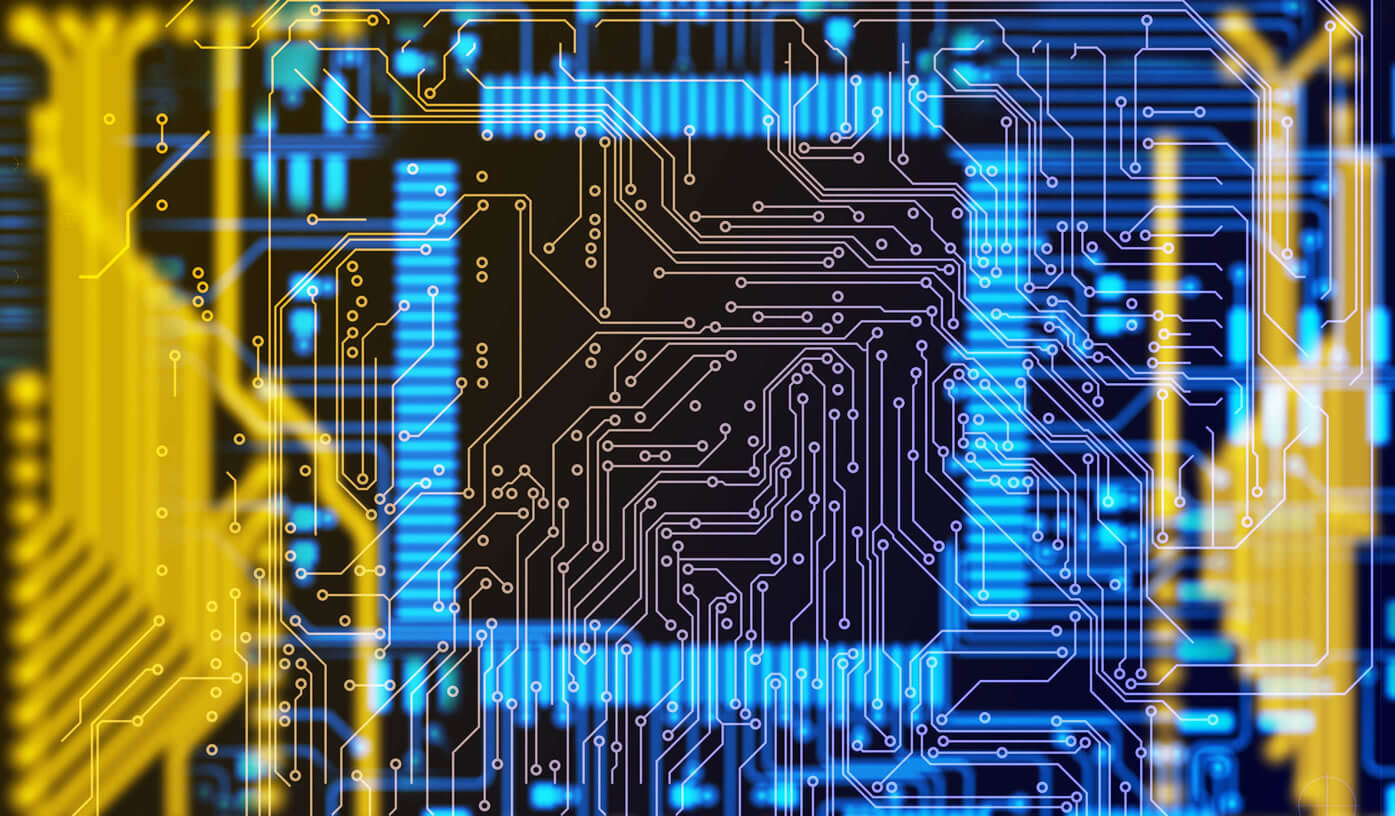We all think of the CPU as the "brains" of a computer, but what does that actually mean? What is going on inside with the billions of transistors that make your computer work? In this four-part series, we'll be focusing on computer hardware design, covering the ins and outs of what makes a computer function.
How CPUs are Designed and Built: Fundamentals of Computer Architecture
